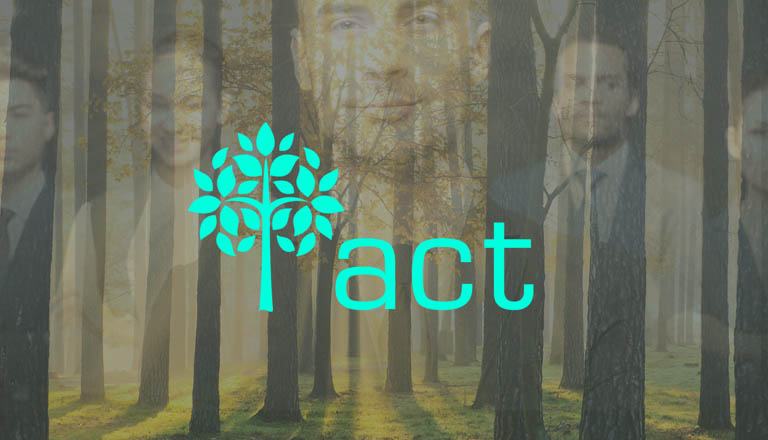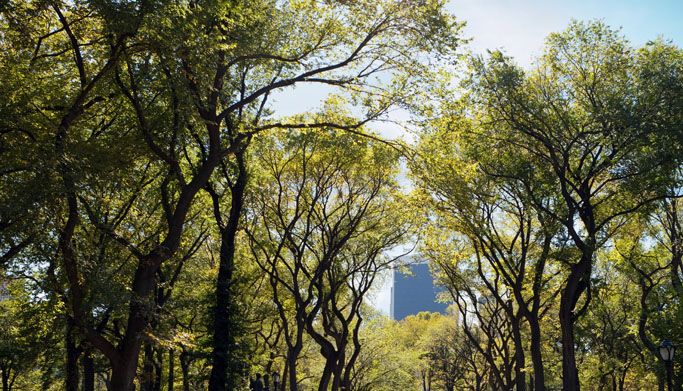The magic properties of our urban forest
Urban forest. It seems a complete contradiction — like jumbo shrimp or bureaucratic efficiency. But a recent study by the U.S. Department of Agriculture suggests that almost 80 percent of U.S citizens live in urban ”forests,” which the agency defines as “all publicly and privately owned trees within an urban area.”
Those trees aren’t just sitting there looking pretty. They’re providing tangible benefits in improved air, water soil and even commerce to the entire community, according to studies referenced by the USDA. Among them:
- Two mature trees provide enough oxygen for one person to breathe over the course of a year.
- The net cooling effect of a young, healthy tree is equivalent to 10 room-size air conditioners operating 20 hours a day.
- For every 30 meters of trees, noise pollution is reduced by up to 50 percent.
- Forests improve public health by keeping pollutants out of our lungs by trapping and removing dust, ash, pollen and smoke.
- People shop more often and longer in well-landscaped business districts and are willing to pay more for parking and up to 12 percent more for goods and services.


